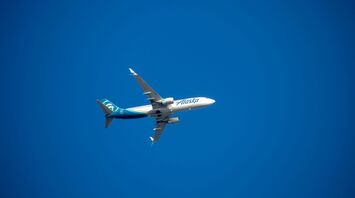Alaska Airlines Aborts Takeoff to Avoid Collision with Southwest Jet in Nashville

On September 12, an Alaska Airlines Boeing 737 MAX 9 flight was forced to abort its takeoff at Nashville International Airport to avoid a potential collision with a Southwest Airlines jet. The incident occurred at around 9:15 a.m. ET, as Alaska Airlines flight 369, carrying 176 passengers and six crew members, was preparing to depart for Seattle, Washington. Both the National Transportation Safety Board (NTSB) and the Federal Aviation Administration (FAA) are now investigating the incident.
The Alaska Airlines plane had already received clearance for takeoff when Southwest Airlines Flight 2029, a Boeing 737-700, was allowed to cross the same runway. Quick action by the Alaska Airlines pilots, who immediately applied the brakes, prevented a more serious incident. Although the plane's tires were blown during the braking, no injuries were reported, and the passengers were safely transferred to another aircraft.
NTSB Chair Jennifer Homendy expressed concerns over the incident, noting that it is part of a broader investigation into recent near-miss situations. The FAA is also reviewing the case, with a focus on whether new surface awareness technology installed at Nashville airport was operational at the time of the incident. This technology was part of a broader safety initiative following similar close calls at U.S. airports.
Alaska Airlines has since refunded the passengers and offered an additional $1,000 to cover any inconvenience caused by the delay. Both airlines are fully cooperating with the investigation, and the incident has reignited concerns about runway safety across the U.S. aviation industry.



















